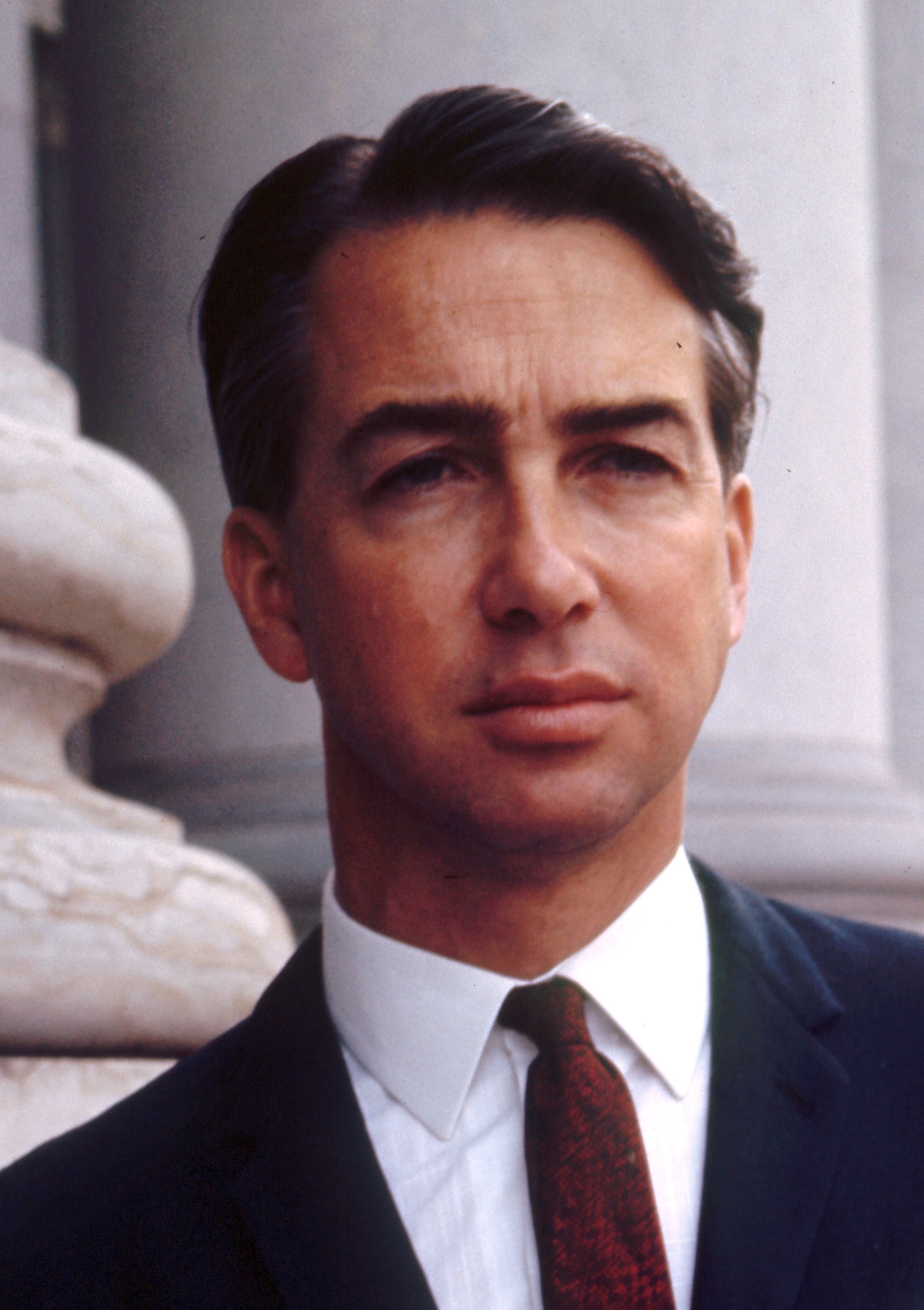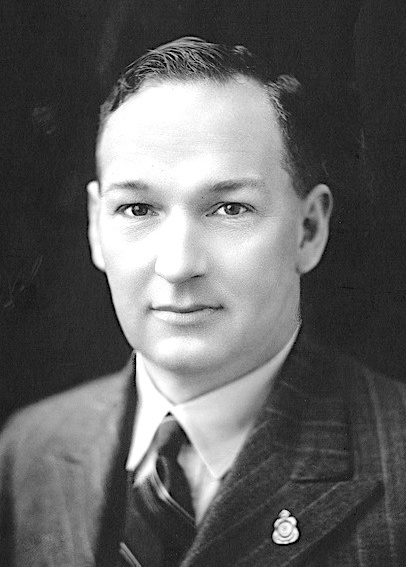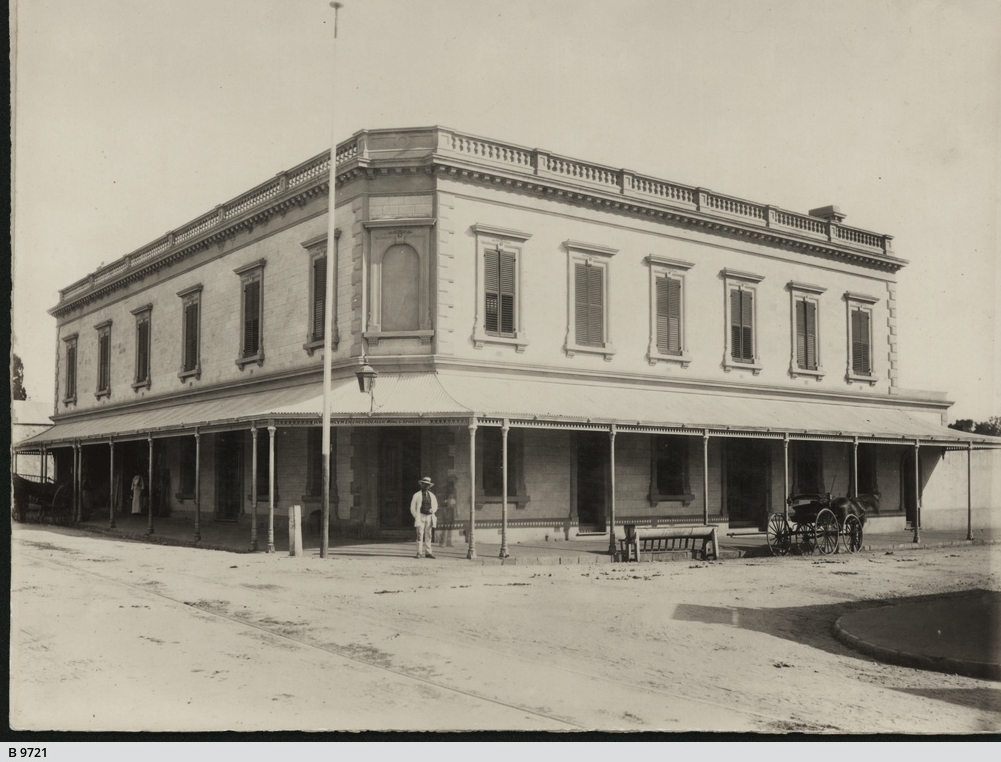|
Electoral District Of Norwood
Norwood is a former electoral district of the House of Assembly in the Australian state of South Australia. It was a 14.2 km² inner-urban electorate in Adelaide and was named after the inner-eastern suburb of Norwood. In its final configuration, the seat also included the suburbs of Beulah Park, College Park, Evandale, Firle, Hackney, Joslin, Kent Town, Marden, Maylands, Payneham South, Royston Park, St Morris, St Peters, Stepney, Trinity Gardens and Vale Park, as well as parts of Kensington, Klemzig and Payneham. Norwood was created as an electoral district in 1938, and was usually a marginal seat, changing hands between the Labor Party and the Liberal Party (and the Liberals' predecessor, the Liberal and Country League) a number of times. The electorate is synonymous with former Premier of South Australia Don Dunstan, who held the seat from 1953 until 1979. In 1979 and 1980, Norwood voters went to the ballot box three times within 12 months; first at the ... [...More Info...] [...Related Items...] OR: [Wikipedia] [Google] [Baidu] |
Norwood, South Australia
Norwood is a suburb of Adelaide, about east of the Adelaide city centre. The suburb is in the City of Norwood Payneham & St Peters, whose predecessor was the oldest South Australian local government municipality. The Parade, Adelaide, The Parade runs east to west through the centre of the suburb. Two roads run parallel to this, also along the whole length of the suburb: Beulah Road to the north, and William Street to the south. History Before British colonisation of South Australia and subsequent European settlement, Norwood was inhabited by one of the groups who later collectively became known as the Kaurna peoples. Early settler Edward Stephens (Australian settler), Edward Stephens, who arrived in the colony in 1839, wrote: "Norwood and Kent Town, South Australia, Kent Town were unknown then. The site of the present Norwood was then a magnificent eucalypt, gum forest, with an undergrowth of kangaroo grass, too high in places for a man to see over; in fact persons lost their ... [...More Info...] [...Related Items...] OR: [Wikipedia] [Google] [Baidu] |
St Peters, South Australia
St Peters is an inner-eastern suburb of Adelaide, South Australia in the City of Norwood Payneham St Peters. The area was first settled in 1838, with allotments sold to investors in the South Australia Company. It was originally a separate town and was named after the Church of England's school of St Peter. The nearby school, now commonly known as St Peter's College, was relocated to its current site in 1854 on of land in what is now known as Hackney. St Peters Post Office opened on 1 November 1886. It was formerly the seat of its own municipality, the Corporate Town of St Peters, but since 1997 has been part of the City of Norwood Payneham & St Peters. The historic St Peters Town Hall and attached 1911 banquet hall are listed on the South Australian Heritage Register. The East Adelaide Primitive Methodist Church was established in 1883. It became East Adelaide Methodist church in 1901, and Spicer Memorial Church in 1906 following the death of its benefactor, pastorali ... [...More Info...] [...Related Items...] OR: [Wikipedia] [Google] [Baidu] |
1979 South Australian State Election
State elections were held in South Australia on 15 September 1979. All 47 seats in the South Australian House of Assembly were up for election. The incumbent Australian Labor Party led by Premier of South Australia Des Corcoran was defeated by the Liberal Party of Australia led by Leader of the Opposition David Tonkin. The Liberals originally won 25 seats, but a court decision overturned their win in Norwood. Labor won the Norwood by-election, which meant the Liberals held 24 seats, with Labor on 20 seats, and 1 each to the Australian Democrats, National Country Party, and an Independent Labor. Background Premier Don Dunstan abruptly resigned as premier on 15 February 1979, due to ill health, and was succeeded by Deputy Premier Des Corcoran. Dunstan also resigned from parliament, and his seat was retained for Labor by Greg Crafter at the by-election in March 1979. Spurred by positive opinion polls, and seeking to escape the shadow of Dunstan by gaining a mandate of his o ... [...More Info...] [...Related Items...] OR: [Wikipedia] [Google] [Baidu] |
1979 Norwood State By-election
The 1979 Norwood state by-election was a by-election held on 10 March 1979 for the South Australian House of Assembly seat of Norwood. This was triggered by the resignation of Premier and Labor MHA Don Dunstan. Created and first contested at the 1938 state election, the seat had been held by Dunstan since the 1953 state election. Results Labor retained the seat on a considerably reduced majority. See also *List of South Australian state by-elections This is a list of by-elections and scheduled by-elections for the South Australian House of Assembly. A by-election may be held when a member's seat becomes vacant through resignation, death or some other reasons. These vacancies are called casua ... References {{reflist South Australian state by-elections Norwood state by-election Norwood state by-election, 1979 Norwood state by-election ... [...More Info...] [...Related Items...] OR: [Wikipedia] [Google] [Baidu] |
Don Dunstan
Donald Allan Dunstan (21 September 1926 – 6 February 1999) was an Australian politician who served as the 35th premier of South Australia from 1967 to 1968, and again from 1970 to 1979. He was a member of the House of Assembly (MHA) for the division of Norwood from 1953 to 1979, and leader of the South Australian Branch of the Australian Labor Party from 1967 to 1979. Before becoming premier, Dunstan served as the 38th attorney-general of South Australia and the treasurer of South Australia. He is the fourth longest serving premier in South Australian history. In the late 1950s, Dunstan became well known for his campaign against the death penalty being imposed on Max Stuart, who was convicted of rape and murder of a small girl, opposing then-Premier Thomas Playford over the matter. During Labor's time in opposition, Dunstan was prominent in securing some reforms in Aboriginal rights and in Labor abandoning the White Australia policy. Dunstan became Attorney-General ... [...More Info...] [...Related Items...] OR: [Wikipedia] [Google] [Baidu] |
Premier Of South Australia
The premier of South Australia is the head of government in the state of South Australia, Australia. The Government of South Australia follows the Westminster system, with a Parliament of South Australia acting as the legislature. The premier is appointed by the governor of South Australia, and by modern convention holds office by virtue of their ability to command the support of a majority of members of the lower house of Parliament, the South Australian House of Assembly, House of Assembly. Peter Malinauskas is the current premier, having served since 21 March 2022. History The office of premier of South Australia was established upon the commencement of responsible government with the passage of the ''Constitution Act 1856''. The role was based upon that of the prime minister of the United Kingdom, with the premier requiring the support of a majority of the members of the lower house to remain head of government. For the early years of responsible government, the office was ... [...More Info...] [...Related Items...] OR: [Wikipedia] [Google] [Baidu] |
Liberal And Country League
The South Australian Liberal Party, officially known as the Liberal Party of Australia (South Australian Division), and often shortened to SA Liberals, is the South Australian Division of the Liberal Party of Australia. It was formed as the Liberal and Country League (LCL) in 1932 and became the South Australian Division of the Liberal Party when the Liberal Party was formed in 1945. It retained its Liberal and Country League name before changing to its current name in 1974. It is one of two major parties in the bicameral Parliament of South Australia, the other being the Australian Labor Party (SA Branch). The party is led by Vincent Tarzia since 12 August 2024. During its 42-year existence as the Liberal and Country League, it spent 34 years in government, mainly due to an electoral malapportionment scheme known as the Playmander. The Playmander was named after LCL leader Sir Tom Playford, who was the Premier of South Australia for 27 years from 1938 until his election lo ... [...More Info...] [...Related Items...] OR: [Wikipedia] [Google] [Baidu] |
Australian Labor Party (South Australian Branch)
The South Australian Labor Party, officially known as the Australian Labor Party (South Australian Branch) and commonly referred to simply as South Australian Labor, is the South Australian Branch of the Australian Labor Party, originally formed in 1891 as the United Labor Party of South Australia. It is one of two major parties in the bicameral Parliament of South Australia, the other being the South Australian Liberal Party. Since the 1970 election, marking the beginning of democratic fair representation ( one vote, one value) and ending decades of pro-rural electoral malapportionment known as the Playmander, Labor have won 11 of the 15 elections. Spanning 16 years and 4 terms, Labor was last in government from the 2002 election until the 2018 election. Jay Weatherill led the Labor government since a 2011 leadership change from Mike Rann. During 2013 it became the longest-serving state Labor government in South Australian history, and in addition went on to win a four ... [...More Info...] [...Related Items...] OR: [Wikipedia] [Google] [Baidu] |
Payneham, South Australia
Payneham is an eastern suburb of Adelaide in the City of Norwood Payneham St Peters. It is part of a string of suburbs in Adelaide's east with a high proportion of Adelaide's Italian-Australian and French-Australian residents, many of whom can be traced back to the large-scale migration following World War II. Payneham's northern boundary is Payneham Road with Portrush Road passing south–north through the middle of the suburb. History In 1866, Payneham was a small agricultural village of farms growing wheat and hey. Payneham was named for himself by Samuel Payne (c. 1803–1847), who with his wife Ann, née Maslen, and two children arrived in April 1838 aboard ''Lord Goderich'' from London, and occupied section 285, Hundred of Adelaide in 1839. Payneham Post Office opened on 18 July 1850 and was renamed Marden in 1968. Notable People Samuel Payne After Payne's arrival in South Australia in 1838, he lived with his wife and children at ''Payneham House'' in Rosella Street ... [...More Info...] [...Related Items...] OR: [Wikipedia] [Google] [Baidu] |
Klemzig, South Australia
Klemzig is a suburb of Adelaide in the City of Port Adelaide Enfield. It was the first settlement of German immigrants in Australia and was named after the village of Klemzig in what was then German Prussia and is now Klępsk in western Poland. It is home to the National Premier League soccer club North Eastern MetroStars. Background The initial establishment of Klemzig as an Old Lutheran settlement in the South Australian Colony is attributed to a decision by Pastor August Ludwig Christian Kavel. Pastor Kavel was determined to help his loyal parishioners emigrate from Brandenburg, Posen and Silesia to escape religious persecution by King Friedrich Wilhelm III of Prussia. Pastor Kavel initially planned to move his parishioners to Russia near the Black Sea, where there were already numerous German settlements, but that had proved not to be feasible. Early in 1836, Kavel travelled to Hamburg to investigate possible emigration to America, but lack of available finan ... [...More Info...] [...Related Items...] OR: [Wikipedia] [Google] [Baidu] |
Kensington, South Australia
Kensington is a suburb of Adelaide, South Australia in the City of Norwood, Payneham & St Peters council area. Unlike the rest of the city, Kensington's streets are laid out diagonally. River Torrens#Tributaries, Second Creek runs through and under part of the suburb, which contains many heritage buildings as well as Norwood Swimming Centre and several schools. History The stretch of Portrush Road alongside Kensington was originally known as Kensington Terrace. The village of Kensington was surveyed in November 1838 by J.H. Hughes, the first in the immediate area, and was named after Kensington Palace. The streets were laid out diagonally in order to minimise crossings of Second Creek, with the main streets, High Street and Regent Street, running parallel to the creek. Wellington and Bridge Streets, in the south-western corner of the suburb, were first to be settled, and Bridge Street was the main street until trams in Adelaide, a tramline was laid along High Street in the 1870s. ... [...More Info...] [...Related Items...] OR: [Wikipedia] [Google] [Baidu] |





